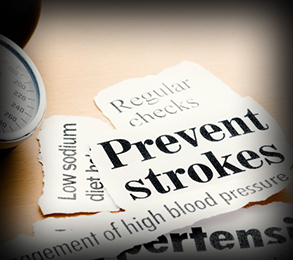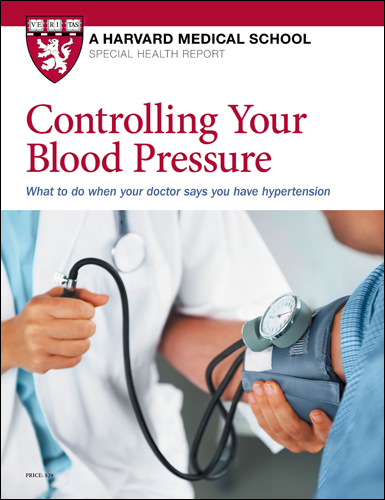Who is at risk for stroke?
Some factors that increase your stroke risk are things you can change. Other risk factors can’t be changed. However, simply knowing you’re at risk can make you more vigilant—and more likely to take other riskreducing steps that are within your control. Here are risk factors that can’t be changed:
Age. The odds of having a stroke more than double every 10 years after age 55. More than two-thirds of strokes involve people over age 65, and 88% of deaths from stroke are in that age group. But stroke rates among young and middle-aged men and women have risen by about 15%, as risk factors like obesity, diabetes, and high blood pressure have increased in younger people.
Sex. Each year, more women than men have strokes, and women are more likely to die from a stroke (see “Strokes among women: Different risks, different outcomes,” page 6). The risk of stroke rises once a woman reaches menopause. Certain conditions, like pre-eclampsia or eclampsia in pregnancy; endometriosis; premature ovarian failure before age 40; and menopause before age 45 also increase stroke risk.
Race. Among young and middle-aged adults, the risk of stroke is four times higher in Blacks than in whites. Stroke rates are twice as high in Latinos compared with whites. Increasingly, experts are acknowledging that chronic stress and other consequences of systemic racism (such as less access to healthy living situations and good health care) likely contribute to these disparities.
Family history. If someone in your immediate family has had a stroke, your risk is about 30% higher than average. Having a parent who had a stroke before age 65 triples your risk.
Genetic factors can influence the potential for blood to clot abnormally, as well as increase the risk of other medical problems that affect your stroke risk. Aneurysms and arteriovenous malformations—two conditions that cause hemorrhagic strokes—clearly have a genetic basis. But genes might not be the only culprit. In addition to sharing many genes, relatives may also share eating habits and other behaviors that can promote strokes. If you have a strong family history of strokes, talk with your doctor about preventive measures . Fortunately, you can take steps to control other (“modifiable”) risk factors for strokes, especially ischemic strokes. The key is to manage medical conditions and behaviors that increase your risk. The most common risk factors for both ischemic strokes and TIAs are:
- high blood pressure (hypertension)
- diabetes
- unhealthy cholesterol levels
- obesity• cigarette smoking
- recreational/non-medical drug use
- excessive alcohol use
- a sedentary lifestyle combined with a poor diet.
All of these factors affect the health of your blood vessels, increasing your risk not only for a stroke, but also for heart disease. Work with your doctor to make sure you keep these under tight control.
When it comes to hemorrhagic strokes, the risk factors are not as clear, though the majority of experts agree that high blood pressure is a common factor. While some types of hemorrhagic strokes are more likely to occur in people with chronic high blood pressure, others seem to strike out of the blue. Regardless, high blood pressure should be treated, even if only to prevent as much brain damage as possible if bleeding should occur.
Furthermore, abnormal blood vessel conditions such as an aneurysm (a bulge in a blood vessel wall that could rupture) or an arteriovenous malformation (an abnormal tangle of blood vessels) increase the risk of brain bleeding; however, these conditions might only be discovered inadvertently while you are undergoing testing for something else—or may not be discovered until a stroke occurs.













